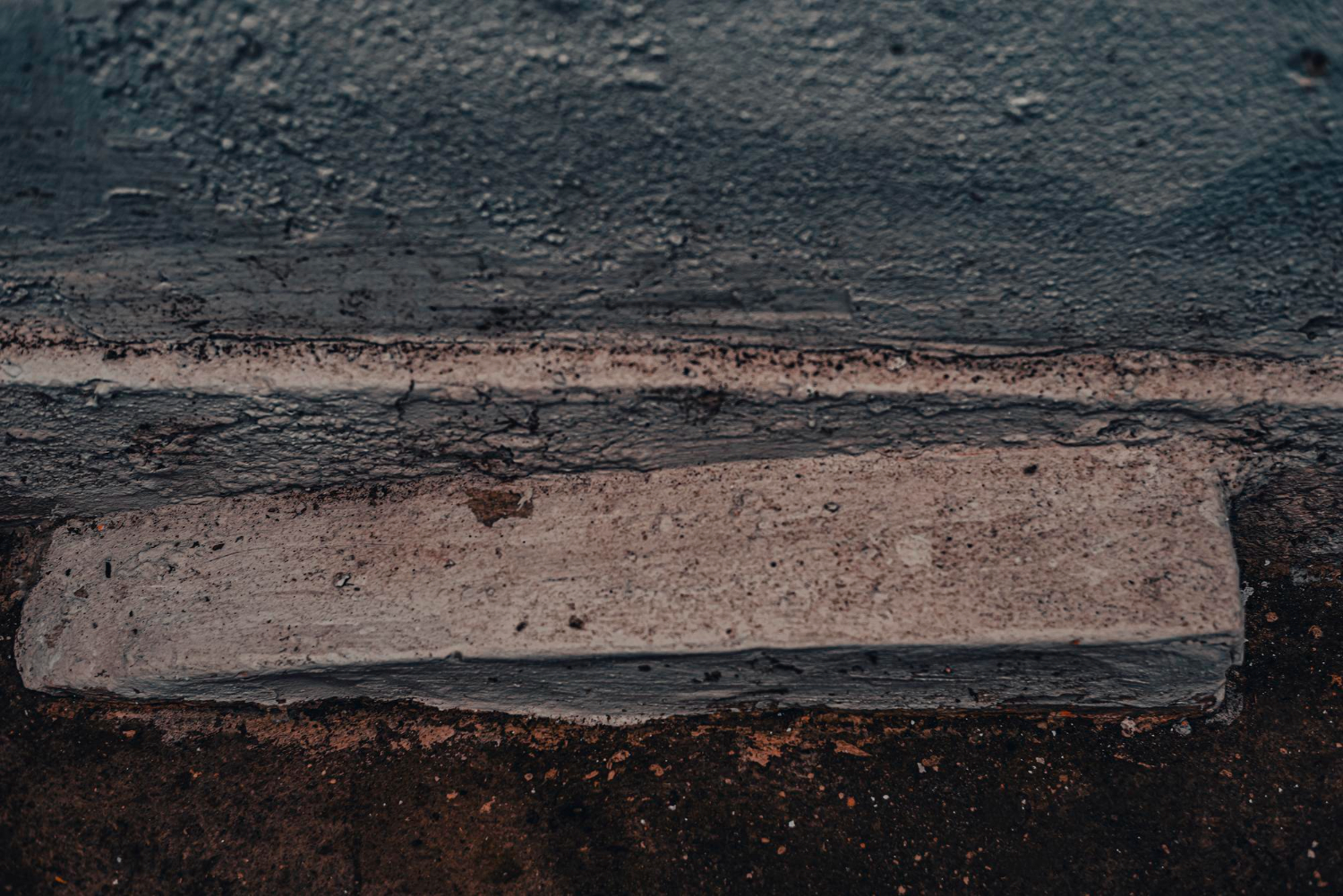Soil swell is a hidden force that can cause serious problems for home foundations. When clay soils absorb water, they expand, increasing the soil’s volume under a house. This movement can lead to cracks, misaligned doors, and other structural issues that can be costly to fix.
Homeowners and developers need to understand the dangers of soil swell to protect their investments. By recognizing the signs of trouble early and taking preventive measures, you can avoid major repairs. Awareness of environmental factors and proper landscaping can play a key role in managing the risks.
Thankfully, innovative solutions are available to help stabilize soil and mitigate these problems. Understanding these options can provide peace of mind and help maintain the integrity of your home for years to come.
Understanding Soil Swell
Soil swell is a natural process that can cause significant problems for buildings. This phenomenon occurs when certain types of soil, especially clay, absorb water and expand. Clay soils have a unique ability to absorb moisture, causing a significant increase in volume. This change in volume exerts pressure on structures above or around them, leading to potential damage.
When clay particles absorb water, they increase in size, pushing against anything in their way. This can be particularly troublesome in areas prone to heavy rainfall or those with poor drainage systems. The more water clay soil absorbs, the more it swells. This swelling can lift and crack foundations, leading to structural issues in homes and other buildings.
The threat of soil swell to residential foundations is significant. As the soil expands, it can cause the foundation to shift or crack. Over time, this shifting can lead to uneven floors, wall cracks, and doors or windows that won’t close properly. Understanding soil swell and taking preventative measures is essential for maintaining the integrity of any structure built on clay soils.
Effects of Soil Swell on Home Foundations
Soil swell can have profound effects on home foundations. When the ground beneath a foundation swells, it exerts uneven pressure, leading to structural problems. One common issue is cracking. Foundations may crack due to the intense pressure from expanding soil. This not only weakens the foundation but can also allow water to seep into the basement or crawl space, leading to further damage.
There are several signs that indicate foundation distress caused by soil movement:
1. Cracks in Walls or Floors: Look out for new or expanding cracks in drywall or flooring.
2. Misaligned Doors and Windows: Doors and windows may become difficult to open or close properly due to shifts in the foundation.
3. Uneven Floors: A noticeable tilt or slant in the floor may indicate foundation movement.
Environmental factors can make soil swell even worse. Heavy rainfall saturates the ground, giving clay soils ample moisture to absorb, while drought periods cause clay soils to shrink. These constant fluctuations in moisture levels can lead to repeated swelling and shrinking cycles, compounding structural issues. Knowing these potential issues allows homeowners to identify problems early and take the necessary steps to maintain a solid foundation.
Preventing and Mitigating Soil Swell
Keeping soil swell under control is crucial in protecting your home’s foundation. Homeowners and developers can follow several practical steps to help minimize its effects. First, maintaining the proper moisture balance in the soil is key. Regularly watering your foundation during dry periods can prevent the soil from contracting, while ensuring good drainage helps avoid oversaturation when it rains.
Proper landscaping also plays an important role. Planting trees and shrubs at a safe distance from the foundation can reduce the risk of roots drawing excessive moisture out of the soil, which can lead to shrinkage. Consider using ground covers or mulch to maintain more consistent soil moisture levels.
Drainage systems are essential in defending against soil swell. Installing gutters, downspouts, and French drains directs water away from your home, reducing the risk of saturation. Additionally, grading the ground around the foundation ensures rainwater flows away from the house rather than pooling nearby.
By implementing these preventative measures, you can safeguard your foundation and extend the lifespan of your property, saving time and money on potential repairs.
Innovative Solutions for Soil Stabilization
Advanced methods have revolutionized the way foundation stabilization is approached. One such innovative solution involves using ionic treatments to alter the behavior of clay soils. Unlike traditional solutions, which may require significant material and labor, these modern techniques work by changing the polarity of clay particles. This stops water from binding to the clay, effectively preventing soil swell and heave.
Comparatively, ionic treatments provide substantial benefits. They involve less material, causing minimal site disruption, and are swift to apply. This means there is no need to halt other construction activities, leading to fewer project delays and reduced labor costs. Traditional methods like using select fill materials can be much more time-consuming and expensive.
The effectiveness of innovative treatments ensures long-lasting soil stabilization without the frequent need for maintenance, providing peace of mind. This approach supports reliable foundation stability by addressing the root cause of soil movements, giving homeowners and developers the assurance of a robust solution.
Protecting your home from foundation problems is essential to maintaining its value and safety. If you notice signs of foundation distress, don’t wait for the damage to worsen. Contact ProChemical Soil Stabilization today to learn how our advanced techniques can preserve your home’s foundation. Our soil stabilization solutions are designed to provide long-lasting protection against soil swell and ensure the stability of your investment.

